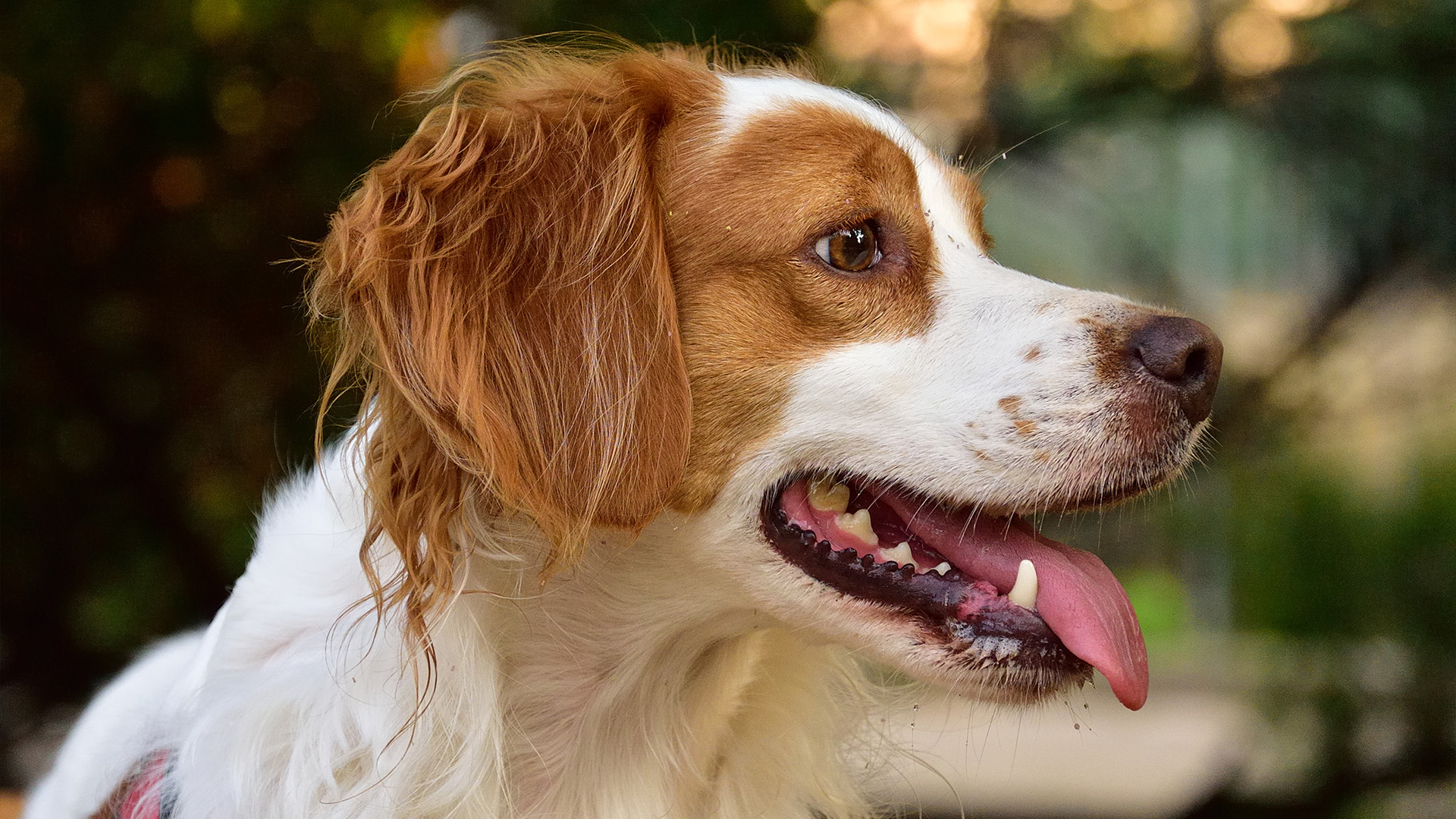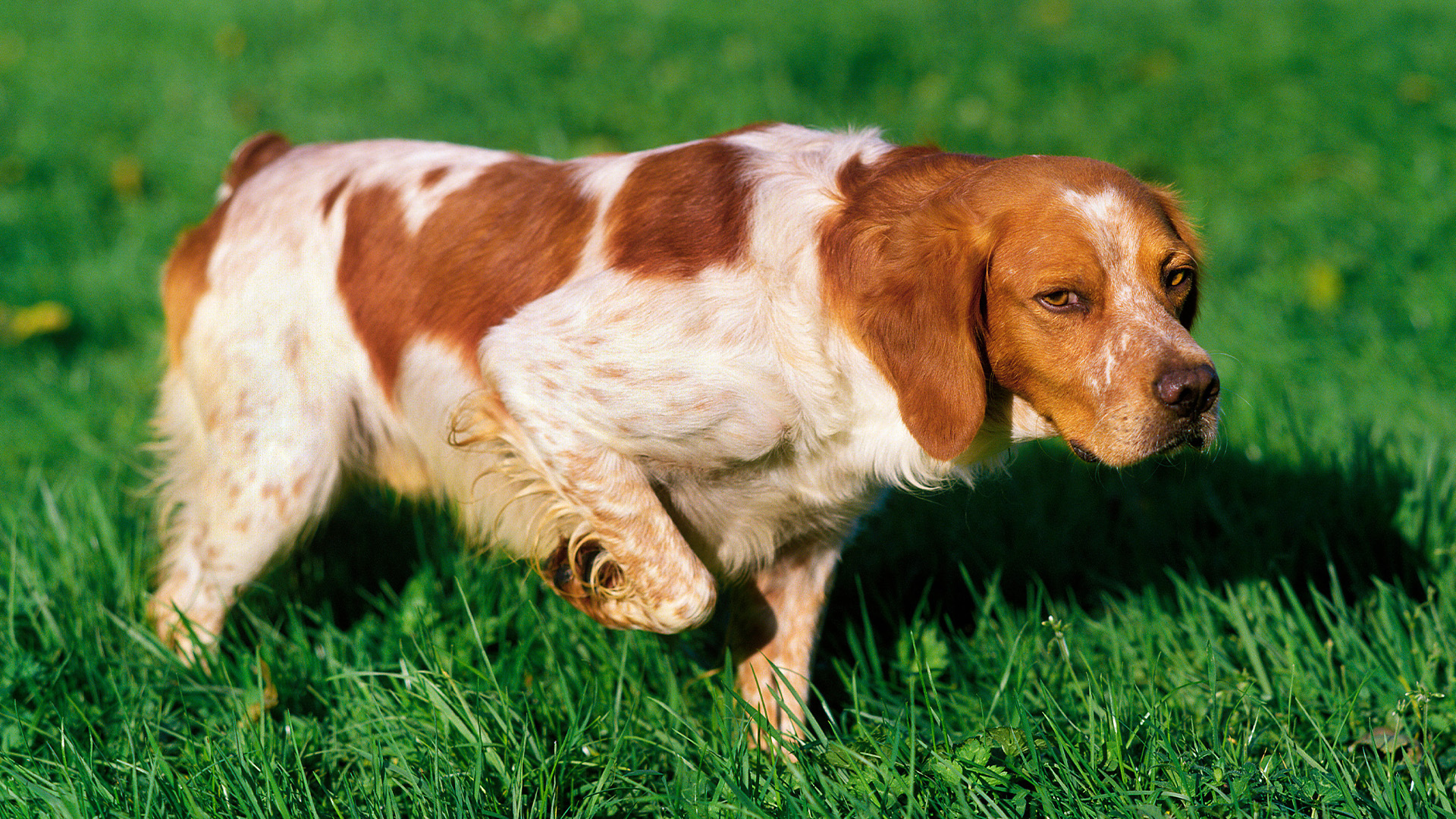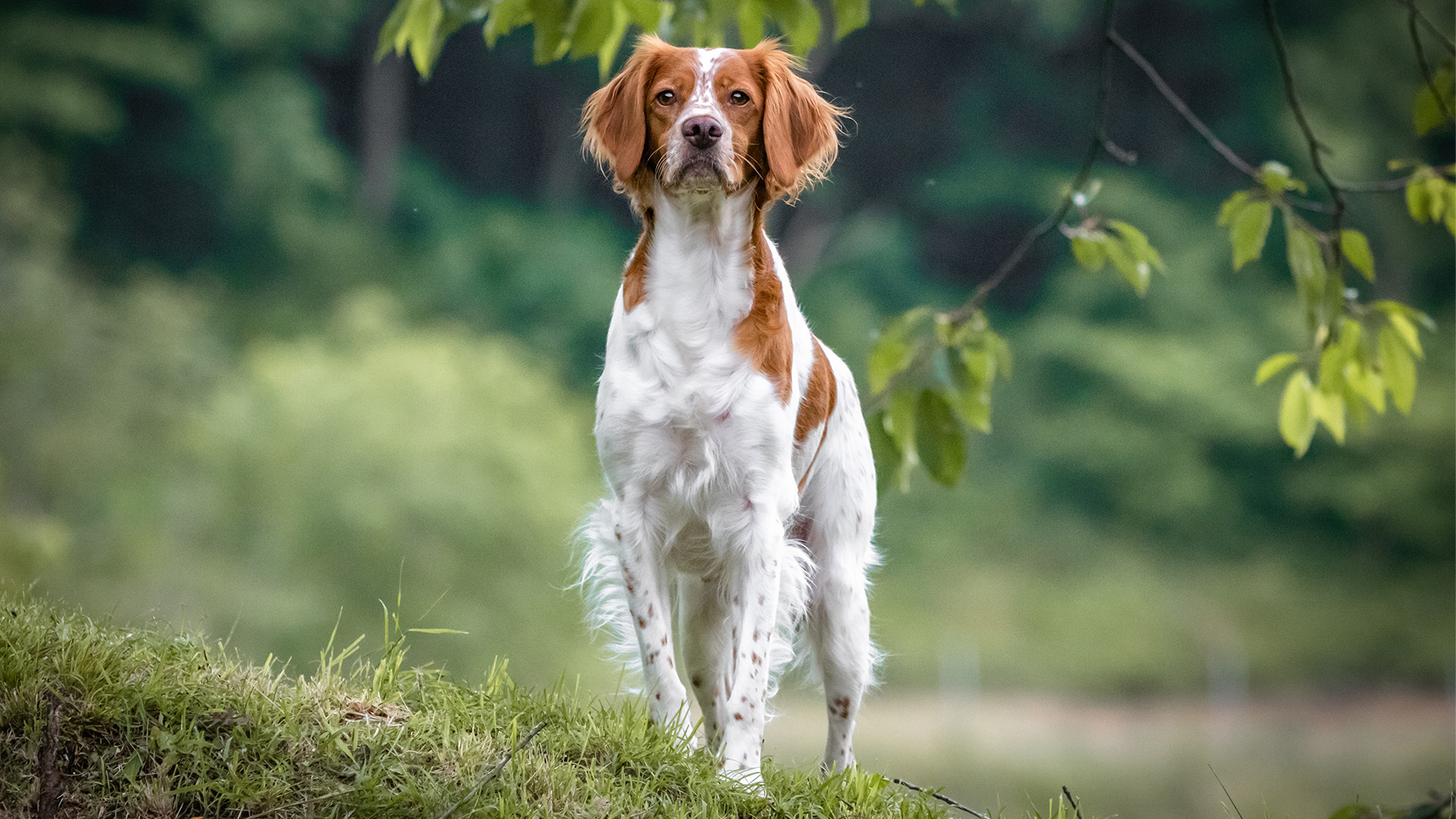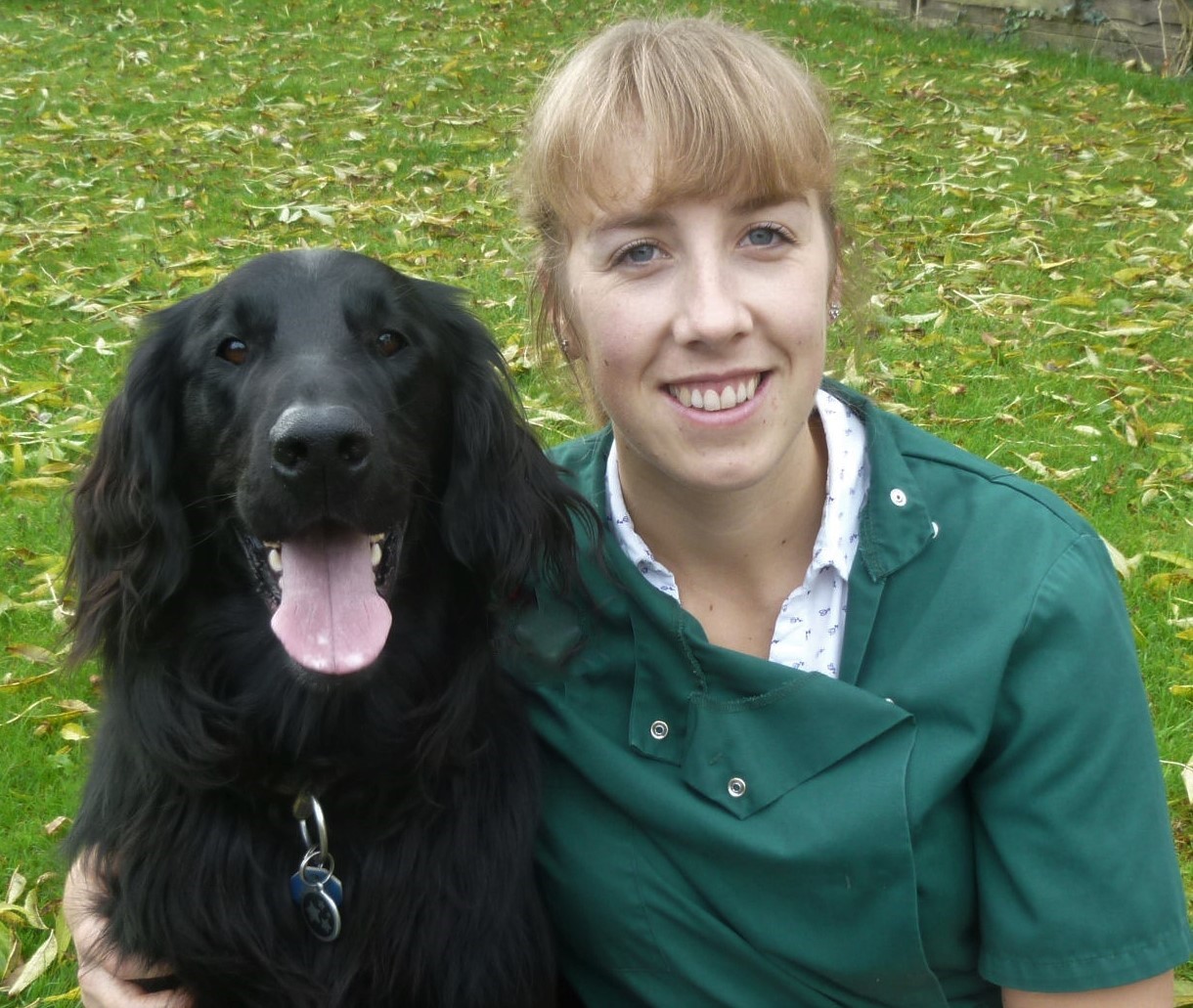Brittany Spaniels are playful, energetic and they absolutely love the great outdoors
It can be difficult to keep up with the energy levels of a Brittany Spaniel, but can they make great pets?


Life expectancy: 12–14 years
Size: 17.5–20.5 inches (male); 17–20-inches (female)
Coat: Medium length
Temperament: Attentive, agile, intelligent, adaptable
Exercise needs: At least 90 minute each day
Origin/native country: France
Bred for hunting between the 17th and 19th centuries, the Brittany Spaniel excels at flushing, pointing and retrieving. They’re so energetic, they can keep going for hours on end and their keen work ethic also means their minds are constantly ticking over.
With a love of the great outdoors, this pointing breed has become particularly popular among active dog owners who want a companion to accompany them on their adventures.
But just how suitable would a Brittany be for you and what does owning one actually entail. To find out, we enlisted the help of expert vet Dr Rebecca MacMillan.
Does a Brittany need a lot of exercise?
Brittany Spaniels love the outdoors. They’re extremely active and adore running off leash (in a safe area away from distractions) but since they are among the fastest dog breeds, capable of running at speeds of up to 25 miles-per-hour, you may find it hard to keep up.
“Brittanys are very energetic so they need an owner that can meet their exercise requirements,” Dr MacMillan says. “These dogs need at least 90 minutes of good physical activity each day. If they are under-exercised, then behavioral issues will be much more likely.”
To that end, you should take this dog on hikes and have them accompany you on runs. You should entertain this most playful dog breed by engaging in games of fetch, which also taps into their instinct to hunt as one of the best hunting dogs.
Since Brittany dogs were bred for retrieving birds from lakes, marshes and ponds, you’ll also find they’re one of the dog breeds that are made for swimming – more so given they have strong legs and webbed feet.
Get the best advice, tips and top tech for your beloved Pets
Are Brittany dogs easy to train?
Classed as excellent working dogs by canine psychologist Stanley Coren in his controversial book The Intelligence of Dogs, Brittanys are capable of understanding new command with fewer than 15 repetitions. They will also obey the first command more than 85% of the time and this makes them a great dog for first-time owners.
“Brittany Spaniels are intelligent and willing to please, which makes them very trainable,” says Dr MacMillan. Just be aware that this is a rather sensitive breed.
“Use positive reinforcements, such as praise and treats, to reward them during sessions,” Dr MacMillan adds.
It would also be helpful if you had a large, secure garden so you have a safe place to train.
“It is also important to train these dogs to feel happy when left in their own company, as they are very prone to separation anxiety,” Dr MacMillan continues.
With early socialization, a focus on fun activities and a patient, loving approach, however, you’ll find this breed quickly flourishes.

Do Brittanys make good family pets?
Brittanys are loving dogs and if they are socialized from a young age, they are good and well-behaved with children. But Brittanys are considered to be one of the best dogs for extroverts because they’re so exuberant. All of that energy can be tiring and put a lot of demands on your time.
For that reason, you may not want to consider a Brittany dog if you already have your hands full.
“Due to their love of long walks and need for plenty of mental stimulation, these dogs would be best suited to a family with older children or teenagers,” Dr MacMillan affirms. “They will be able to help with this dog’s care needs. A family that is already busy with very young children might struggle.
Do Brittanys have tails?
Most Brittanys are born with long tails but while some are not, the main reason you may see a Brittany without one is because it has been docked. Tail docking is very common in working dogs, and it is said to help prevent tail injuries from occurring, particularly in very active breeds like spaniels. But it’s certainly controversial.
“Evidence for these injuries is not that strong and many countries including the UK have now banned tail docking, though it is still allowed for certain working dogs,” Dr MacMillan says.
“Unfortunately, the American Kennel Club breed is yet to catch up and it states in its Brittany breed standard that the tail must be no longer than four inches long, or severe penalization will occur. I would say that docking is not essential for most Brittany Spaniels.”

Do Brittanys need a lot of grooming?
With their short coats, you’ll find that Brittanys don’t need a lot of grooming. But that’s not to say they’re a low-maintenance breed.
“Like most dogs, Brittany Spaniels do shed, but not excessively,” says Dr MacMillan. “They will require brushing once or twice a week, but perhaps a bit more often in the spring and fall.”
Brittanys will also require an occasional bath and you should take care of their floppy ears.
Brittany health problems
Brittanys are a generally healthy breed but there are some conditions to be aware of.
Hip dysplasia can occur in these dogs.
“It’s a developmental joint abnormality that can lead to pain, mobility issues, and early-onset arthritis,” Dr MacMillan says.
This breed is also prone to epilepsy, a brain disorder that causes seizures.
“Affected dogs may require regular medication to reduce their seizure frequency,” she adds.
Hypothyroidism also commonly affects Brittany Spaniels.
“This condition causes a decrease in thyroid hormones, leading to weight gain, lethargy, and skin changes. Dogs with hypothyroidism require medication and monitoring to manage their condition,” Dr MacMillan says.
Should I get a Brittany dog?
Brittany Spaniels suit a particular kind of pet parent – one who is active and has lots of free time for walks and play. Preferably, you’d have an older family and a large home outside of a city with a big yard. You’d also be around as much as possible to help avoid this breed becoming bored.
One thing’s for sure, a Brittany is not for someone who wants a quiet, relatively inactive, easy life. Looking after one can feel like another job at times but if you have the energy and will, you will find a Brittany is a loving, fun companion who is a joy to have around.

Rebecca is a veterinary surgeon who graduated in 2009 from the Royal Veterinary College in London. She has a wealth of experience in first opinion small animal practice, having done a mixture of day-to-day routine work, on-call emergency duties and managerial roles over the years. Rebecca enjoys medicine in particular and she is proud to have recently achieved a BSAVA postgraduate certificate in small animal medicine (with commendation).
She writes on various feline and canine topics, including behavior, nutrition, and health. Outside of work and writing she enjoys walking her own dog, spending time with her young family and baking!
Edited by Georgia Guerin.
This feature was last updated in May 2025.

David Crookes has been a journalist for almost 30 years and he has written for a host of magazines, newspapers, websites and books including the World of Animals Annual, BBC Earth, Live Science, The Independent and Tom’s Guide.
Born in England, he lives with two cats but he’s also keenly interested in the differences between the huge number of dog breeds – in fact, you can read many of his breed guides that he’s written in collaboration with vets here on PetsRadar.
With a lifelong passion for technology, too, he’s always on the lookout for useful devices that will allow people to keep their pets happier and healthier, and provide them more time to spend together.
David has a degree from Durham University, as well as postgraduate diploma in journalism from the University of Central Lancashire.


